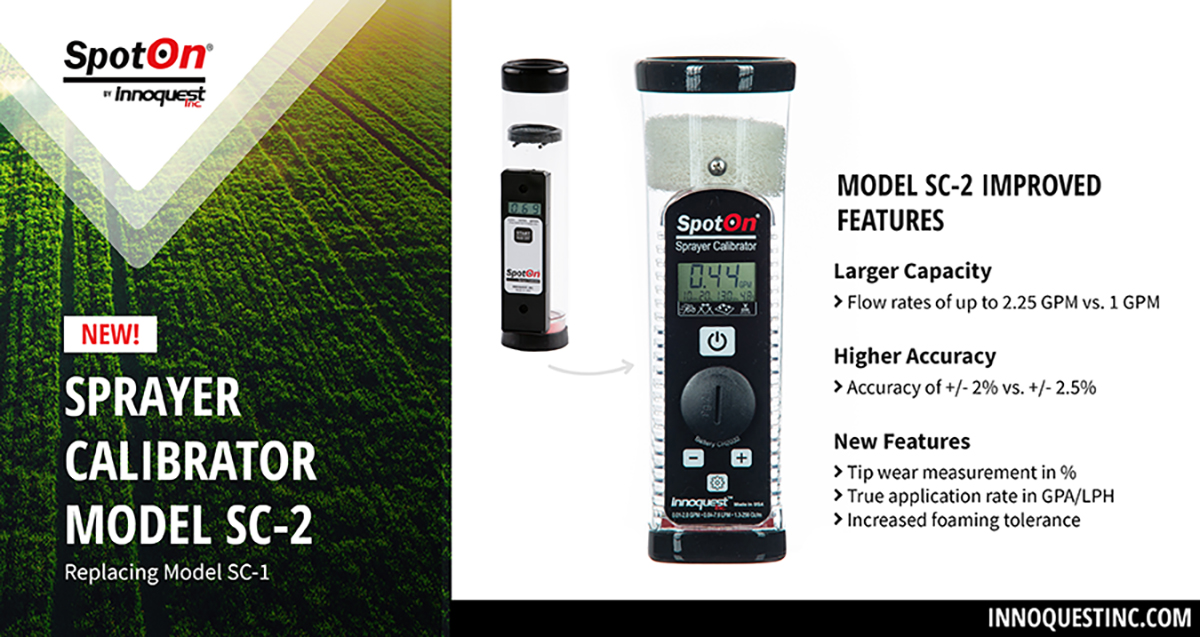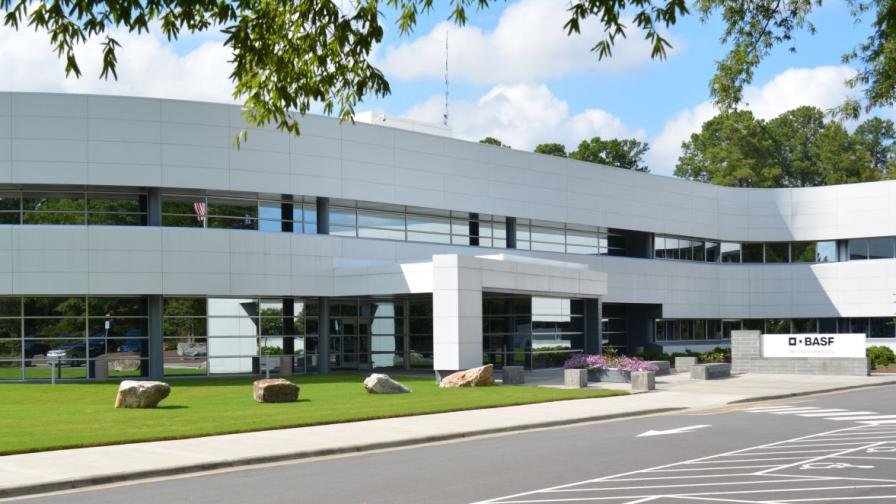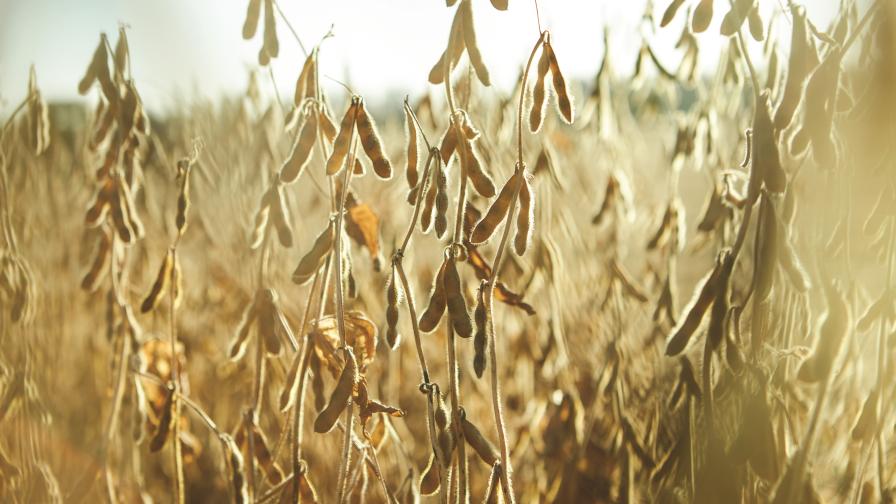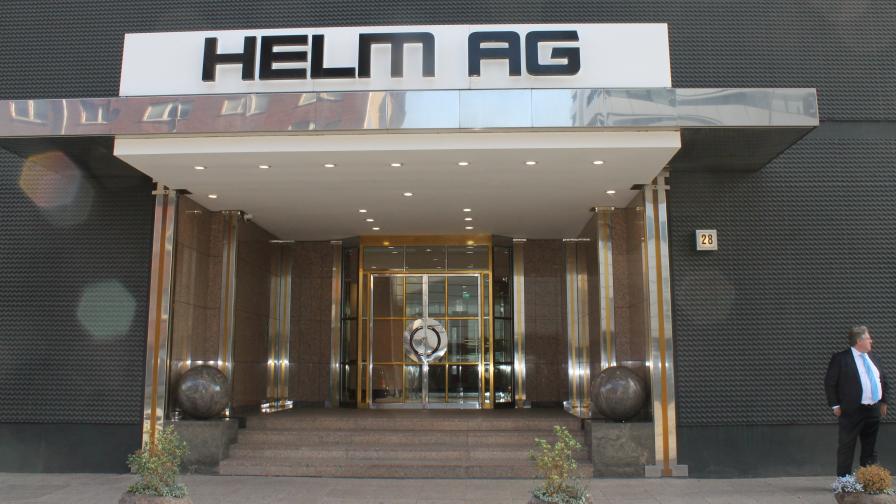Crop Protection Consolidation Pieces Finally Fall into Place
After almost three years of market maneuvering, divestitures, and reorganizations, the global crop protection/seed marketplace is finally beginning to form a completed picture, according to industry watchers. For many in the know, the question now moves from “how will this all look when the dust settles?” to “with the dust settled, what happens next?”
Before viewing today’s industry-wide picture, consider taking a brief look back. While many market watchers would probably trace the agricultural industry’s current trend of company consolidation back to the 2016 news that Syngenta Crop Protection was being acquired by ChemChina, the initial reason for this market movement in consolidation’s direction goes back much further than that.
“There’s no question about it — the price of corn in the U.S. led to this,” said Alex Polinsky, Owner of Polinsky Chemical, speaking at the 2018 AgriBusiness Global Trade Summit in Phoenix. “Corn prices in 2008 were at $8 per bushel or more. Today this has fallen to around $3 per bushel. The overall loss in value for the entire agricultural industry from this amounts to more than $15 billion. These losses have impacted all the suppliers in this market, including but not limited to equipment, chemicals, seeds, and fertilizer.”
With crop protection/seed suppliers receiving less money from growers for their products, added Polinsky, these companies have seen their costs to bring new products to the market steadily rise. On average, he said, it costs between $300 million and $500 million to develop a new active ingredient today — more than double what it had cost at the start of the 21st century.
“Given these facts, only the largest agrochemical companies have the adequate resources to spend money on research and development to try to stay ahead of the weeds and bugs that farmers need to control,” said Polinsky. “You have to have a lot of dollars on hand. And for many companies, merging was the only thing they could do to make their bottom lines look better and survive.”
So for the past few years, the industry’s largest crop protection/seed companies have gobbled up one another at a fairly regular pace. In many instances, to receive the necessary regulatory approvals to make these deals work, companies have divested multiple product lines around the globe and moved hundreds of employees along with dozens of facilities to new owners.
To better understand the shape of today’s crop protection/seed picture, CropLife® magazine spent a few weeks last fall visiting with many of the key players in this consolidation game across Europe. Each provided information on what these newly combined companies look like today; which products and facilities have changed owners; and how these entities are planning to move forward around the globe with their new identities established. Let’s review the stories of some of these companies:
Syngenta/ChemChina

Alexandra Brand, Chief Sustainability Officer for Syngenta/ChemChina, says bringing together the resources and personnel of the two companies has been a big plus.
As the first company to enter the consolidation game in 2016, Syngenta/ChemChina has advanced the furthest with its marketplace plans. According to Alexandra Brand, Chief Sustainability Officer for the company, bringing together the resources and personnel of Syngenta and ChemChina has been a big plus for both companies, with the company solidly in second place among crop protection/seed suppliers, with annual sales in the $16 billion range. “When we were just Syngenta, we felt that our company needed better seed varieties and new innovations to grow,” Brand says. “Now, with ChemChina behind us, we can develop this level of innovation as a company with a more developed long-term focus than ever before.”
The one area in which Syngenta/ChemChina has spent much of its time and financial resources over the past few years is seed. At present, Brand says, the company’s seed products are in third place in overall sales globally behind Corteva Agriscience’s Pioneer brand and Bayer/Monsanto’s seed business. But the company is hoping to change this in the near future.
“Syngenta Seeds is No. 3 today, but we can’t be in that position long term,” she says. “So, we as a company are making the necessary changes through acquisitions and setting up dedicated teams to sell seeds for us to improve upon this market performance.”
Syngenta/ChemChina is also introducing many new products around the globe in the crop protection area. This includes Miravis (Adepidyn) fungicide in the U.S. and Canada and Solatenol in Latin America to combat Asian Soybean Rust that has developed resistance to other control products. The company also has a new insecticide and herbicide in development, although both of these are likely to be three to five years away from making their market debuts, according to Brand.
“The bottom line is Syngenta is making investments in all regions of the world because you can’t expect to be a top crop protection and seed company and not take this approach,” Brand says.
Bayer
Bayer announced plans to acquire Monsanto in mid-2016, with the deal finally being completed during the last half of 2018. Combined, the company has annual sales in the $22 billion range, easily ranking it as the No. 1 crop protection/seed supplier in the world. According to Liam Condon, President of the company’s Crop Science Division, the Monsanto acquisition gives Bayer a “strong starting position” within the agricultural marketplace. “But that’s not the reason we brought these two established companies together,” Condon says. “We want to be able to set new standards in the market and be able to develop and bring new innovations to growers faster than anyone else can.” To this end, he adds, the company now employs more than 8,000 research and development personnel who are capable of “conducting hundreds of studies to safely bring these needed products” to the market.
Bob Reiter, Global Head of Research and Development, Crop Science Division, echoes these views. “This is an amazing time for agriculture,” Reiter says. “Combined, Bayer and Monsanto have the biotech research and development people to create products in a faster manner than ever before. I’m really excited about the number of new innovations Bayer can now bring to the market in the next 20 to 25 years, including gene-editing in plants to help solve many of agriculture’s most pressing concerns.”
Of course, Bayer, through its acquisition of Monsanto, also inherited some of the market issues associated with the herbicide glyphosate. Unfortunately, these are expected to continue to dog the company in courts and with regulatory bodies around the world for several years to come.
BASF
Although not getting directly involved in the consolidation game itself, BASF participated by acquiring many of the assets being divested by other companies. In August 2018 BASF closed a deal to purchase many assets from Bayer (so it could complete its acquisition of Monsanto). This agreement included Bayer’s global glufosinate-ammonium business, seeds businesses, including traits, research, and breeding capabilities, and the vegetable seeds business, mainly operating under the Nunhems brand name. The deal also included the complete digital farming platform known as xarvio. This subsequently boosted BASF’s annual sales among crop protection/seed companies into the $9 billion range globally.
According to Markus Heldt, President, Agricultural Solutions, all these additions to the company’s product portfolio will only enhance its ongoing mission when it comes to serving agriculture around the world. “I think the best word that describes BASF after making these acquisitions is connected,” Heldt says. “For more than 150 years, our company has connected new technologies and chemistries with customers. Now, we can connect ag solutions with a global focus on farming. It’s more than just chemicals. It’s biological solutions, digital solutions, and seed solutions, too.”
This effort will be helped along by the fact that BASF has added more than 4,500 employees with its Bayer asset acquisitions, several of them working at the company’s biotech facility in Ghent, Belgium.
Of course, the biggest part of these asset gains is in the seed business — an area that Heldt admits is “new” for BASF as a company. “It’s very different than our company life before,” he says of entering the seed business directly for the first time. “But we’ve been watching the changes in the seed marketplace over the past decade. We’ve also looked at the consolidation wave, and we’ve clearly seen that farmers are looking at more than just ag chemical products for answers.”
In August 2018 BASF announced the launch of Credenz soybeans with LibertyLink GT27 — the first soybean seed technology with herbicide-tolerant stacked traits, allowing growers to use both glufosinate and glyphosate herbicides. “We enter the seed business in a very strong position,” says Vincent Gros, Senior Vice President. “The assets we have now give us a strong place in the cotton, canola, and vegetable seed businesses, and LibertyLink is a very well-known and established brand.”
Helm AG
Then there’s Helm AG. Founded in 1900, the family-run Hamburg, Germany-based company has grown to $8.45 billion in sales as of 2017, of which nearly 30% services the ag industry with fertilizers and crop protection products. Helm is investing heavily in this industry, with improved fertilizer handling facilities, its own crop protection mixture development and registrations, and acquisition activities (including the purchase of Extreme [glyphosate+imazethapyr] herbicide from BASF).
“No one has both crop protection products and fertilizer as part of their company like we do,” says Stephan Schnabel, a Member of the Executive Board. “With our experience and knowledge of farmer needs in these segments, we have developed a precision farming tool, Skyfld, that can provide the growers with usable data to facilitate decision making. The unique perspective on this tool is that it has been developed by farmers, for farmers, and covers fertilizer, seed, and crop protection modules.”
With many of the larger crop protection companies moving assets to make their consolidation plans workable, Helm AG continues to investigate and execute acquisition opportunities.
“Everything we do at Helm is based on long-term results,” Schnabel says. “Like putting up a building, we want to first lay down the foundation for our brands and then build up all the floors from there. In this respect, Helm AG will continue to develop its own solutions and to look out for further acquisition opportunities.”
What Comes Next?
Now that the company consolidations that had been first announced in 2016 for the crop protection/seed business are complete, many market watchers have wondered what will happen next. Already, say analysts, many smaller crop protection companies are beginning to make acquisitions of their own. For instance, United Phosphorus Limited (UPL) recently acquired Arysta from Platform Specialty Products and rebranded itself as UPL NA Inc. (to “more accurately reflect” its renewed emphasis on the North American ag marketplace, says the company). According to V.M. (Jim) DeLisi, Owner of Fanwood Chemical, this move will move UPL NA to fifth place among the world’s leading crop protection/seed companies, “slightly ahead of FMC Corp.,” with both companies having annual sales of more than $4 billion.
In the bigger picture, many of the heads of the major crop protection/seed companies believe improving the agricultural industry’s way of getting its message to the general public will be a key driver now that “there are fewer companies to spread the good word.”
“I believe we have to change the way we are communicating our message overall,” says BASF’s Heldt. “There is plenty of emotion out there regarding modern agriculture and lots of critics trying to put our products in a bad light. But we as an industry have made tremendous progress with how food is grown over the last few decades, and we can’t stop telling our side of the story — not for one minute — if we want to succeed longer term.”









